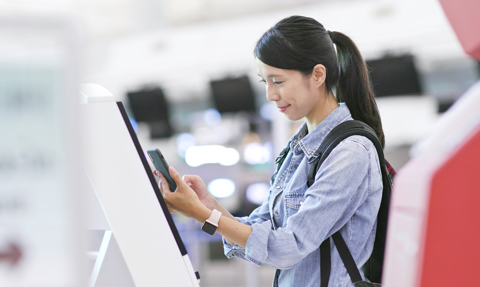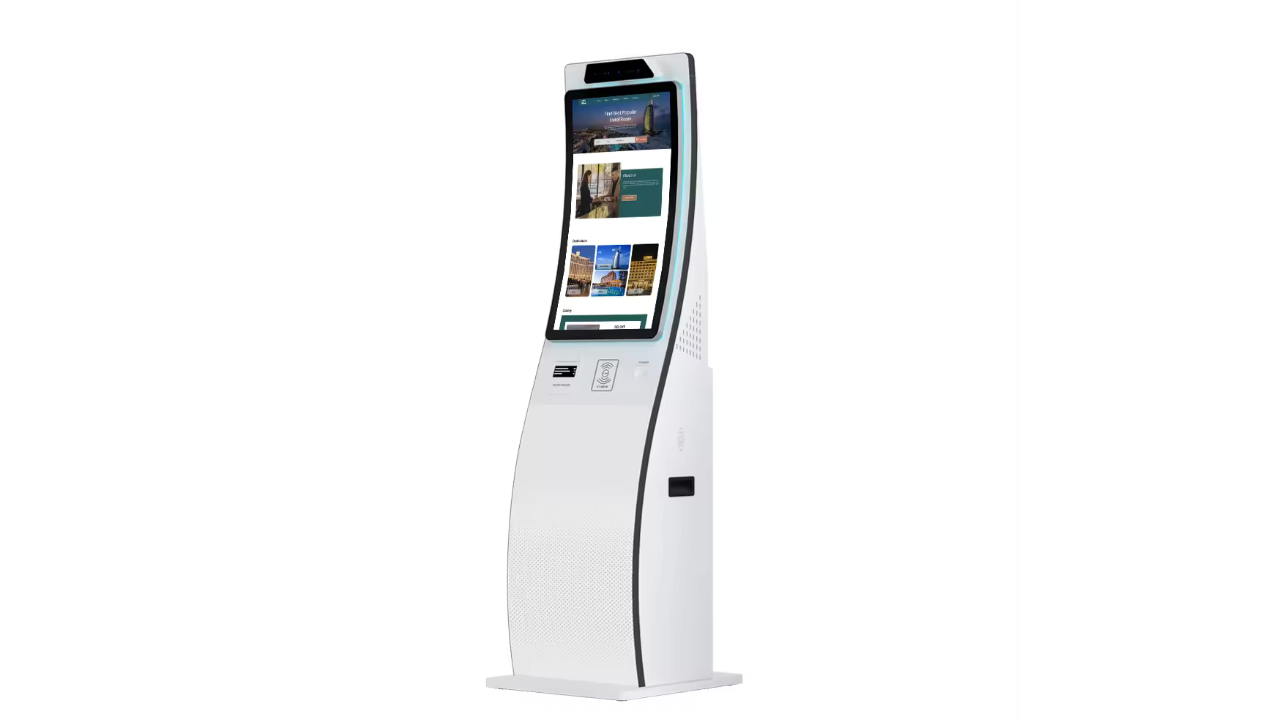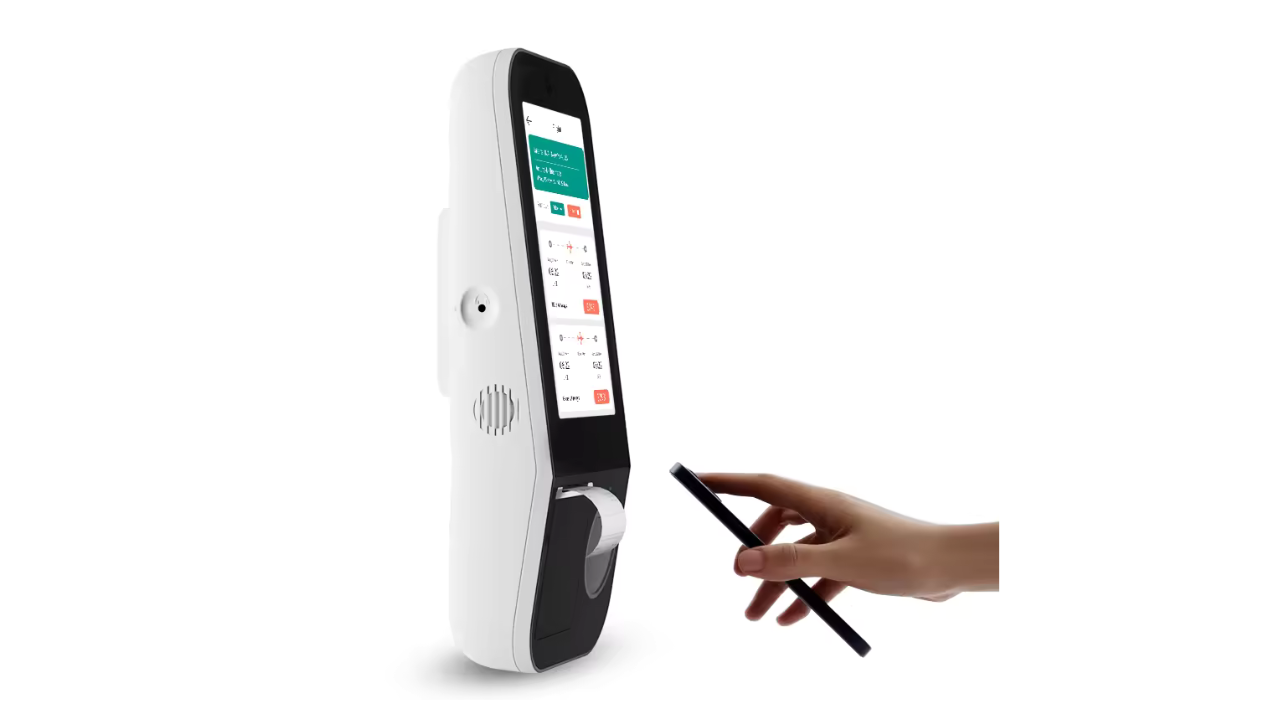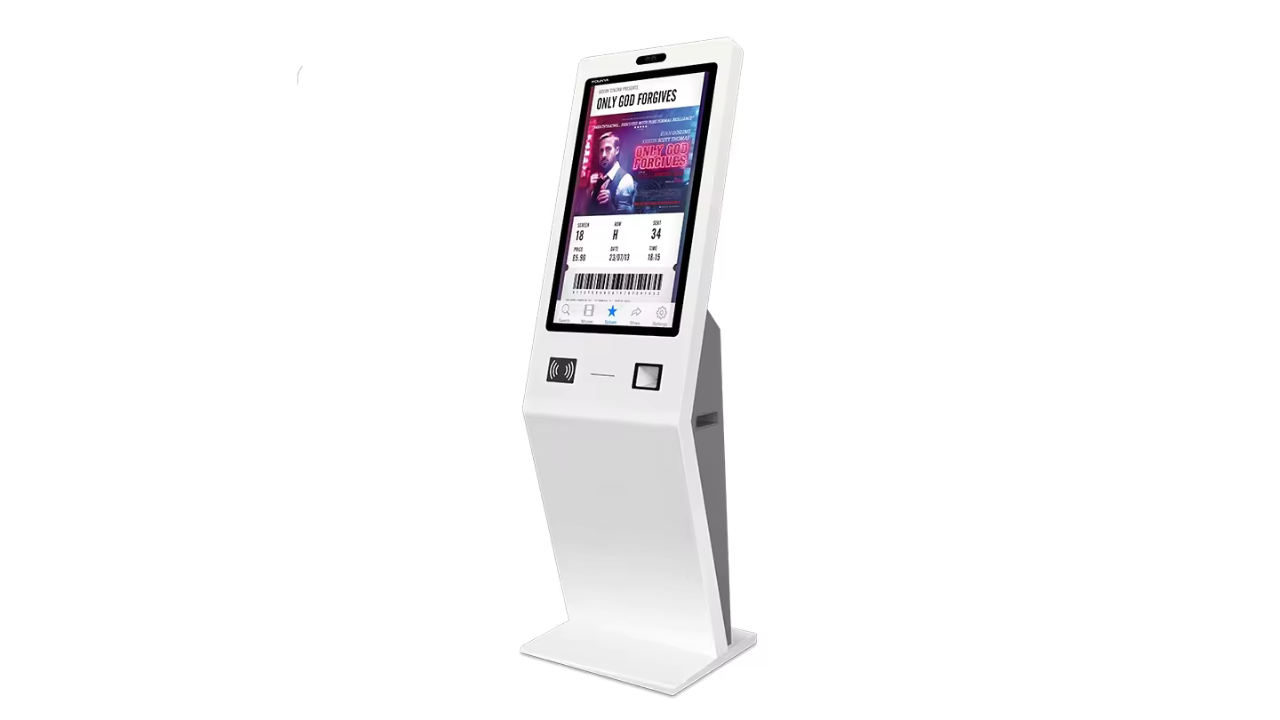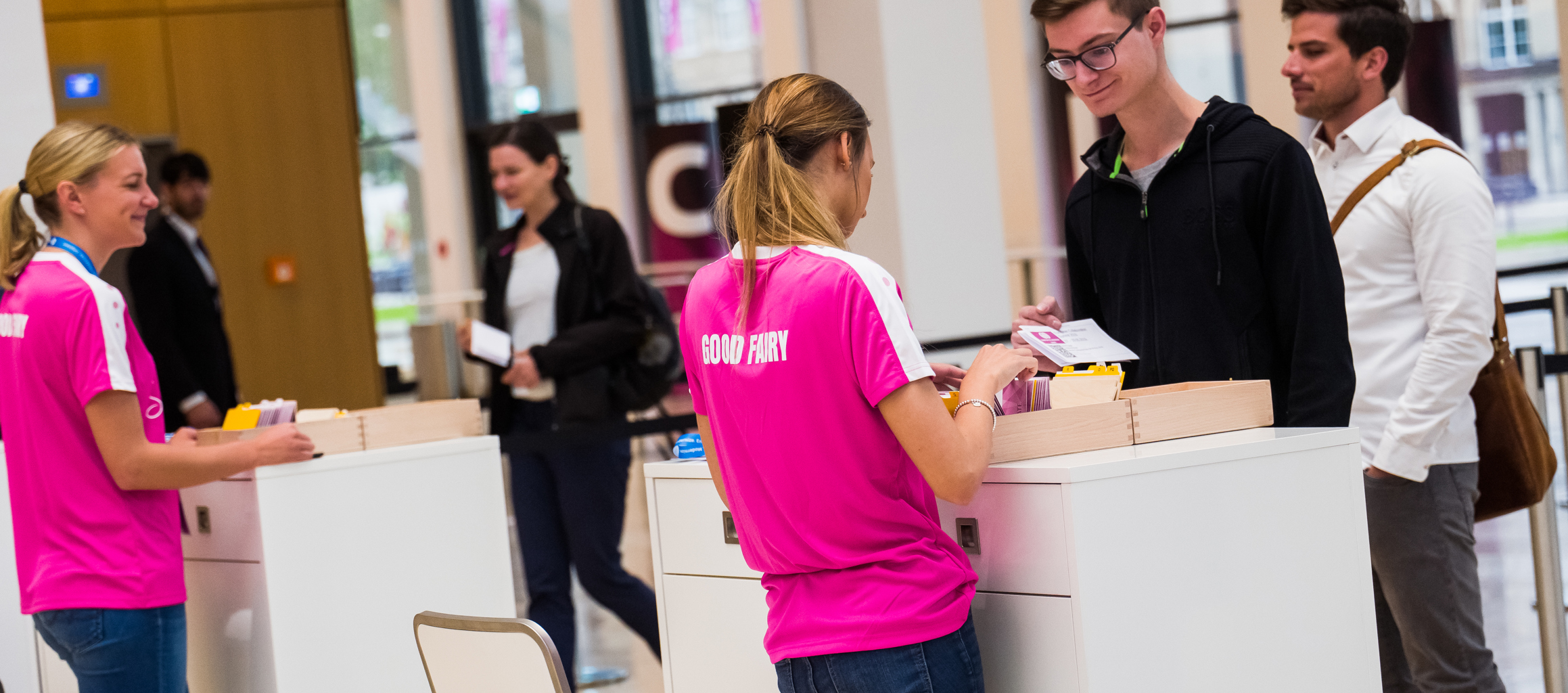We decided to use self-service check-in stations for our event. What do we need to know, which mistakes we should not be making?
When you approach a badging company or a hardware dealer for renting or buying your hardware, you will be offered a multitude of choices, and the number of choices can seem very overwhelming. There are some great choices, but it is very easy to make a mistake here.
Before you make this decision, you will need to answer a few questions and make a few decisions:
Do you have more than one badge design? This is typically the case if you want to have different badge designs and colors for different attendee groups, such as attendees, speakers, exhibitors, VIP guests, or when you have two or more different event areas (or combined events) and you want to easily differentiate attendee groups by the badge color.
Should all attendee groups be able to use all check-in stations, or is it ok if different attendee groups need to use different check-in stations? How many of the attendee groups do you have? How difficult will it be to explain to them what is the difference, and which stations they can use?
Do you want to go for printing whole badges in one pass (full color)? Or, do you want to pre-print empty badge templates in your design, and then to use check-in stations to print only attendee name, company, job role, and similar data data in the designated space?
The good thing is, whatever your answers are, run.events will be able support your needs.
Option 1: Attendees should be able to use any self-service check-in stations, badges will be printed in one pass (no badge-templates will be pre-printed)
You will need to use one of the ink-jet color printer options, either Epson CW-3500 printers with fan-fold paper, or Swiftcolor or Canon printers using high-density paper or even plastic. This is the most expensive option, but is also by far the most flexible one.
Option 2: Attendees should have badges in different designs (colors) for different attendee groups, empty badge templates will be pre-printed in advance, and attendees will need to know which self-service check-in station they are supposed to use based on their attendee group.
Your attendees will need to know which self-service check-in station to go to, so there is some explaining work for you to do in this scenario. You can use thermal printers here, either the budget-friendly Zebra, Brother, and Dymo options, or more premium-like Zebra ZD621 printers.
Empty badge templates would have to be pre-printed in required designs. Be aware: pre-printing badge templates for usage with label stickers and budget printers such as Brother, Dymo, or cheaper Zebras is easy and inexpensive - any print shop will be able to do it. In this scenario, attendees will need to affix stickers on badge templates by themselves.
Pre-printing badges for more premium-like thermal printers, such as Zebra ZD621, and fan-fold ("butterfly") badges (where attendees don't need to affix anything) is more complicated, especially in Europe, where only a few print shops are able and willing to do that. It is significantly easier in the USA. If you go for this option, it might be worth-while talking to some of the badging companies (run.events works closely with many of them), which will typically help you with hardware and with the check-in flow, but which will also be able to provide you with pre-printed butterfly badges for this type of printers.
Beware: If you have more than two, at most three different badge types/badge designs for different attendee groups, all of this will probably be impractical because some of your attendees will be confused by the complexity of the setup and searching which self-service check-in station they are supposed to use.
Option 3: You have only one badge design for all attendee groups, and attendees should be able to use any self-service check-in station. You use black and white thermal printers, and you will use a large font to print the attendee type at the designated place on the badge ("Attendee", "Exhibitor", "Speaker", "VIP"...).
Your attendees can use any self-service check-in station, so there isn't much explaining work for you to do. You can also use thermal printers here, either the budget-friendly label-sticker options or more premium Zebra ZD621 printers for fan-fold badges. Empty badge templates will have to be pre-printed, with enough white space left for the attendee data. If you go for the budget-friendly options, opt for larger-size labels, so you have enough space to include the attendee's name and company, QR code, but also the attendee type in a large font (see paper options for Brother printers here, and for Dymo printers here).
